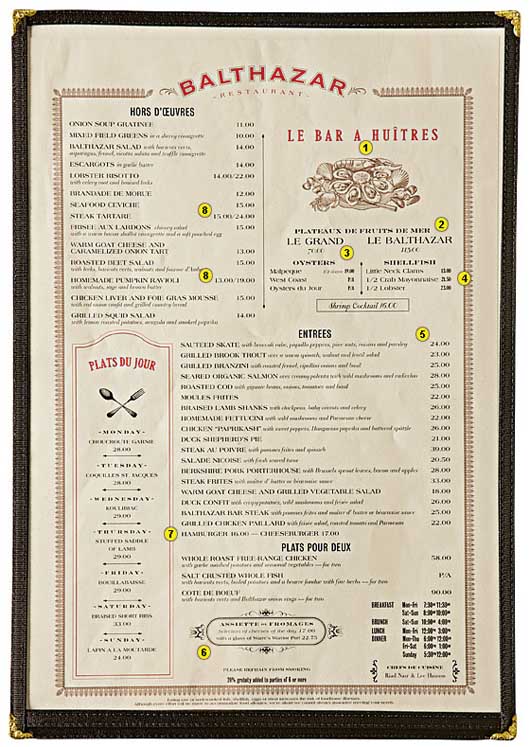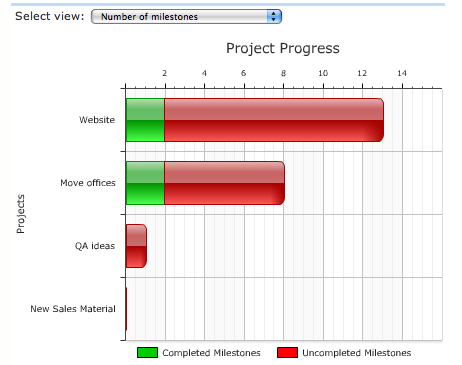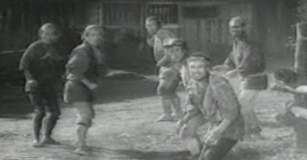Some Getting Real-ish lessons from “The Accidental Empire of Fast Food,” a story about the success of Danny Meyer’s Shake Shack:
1. Have an enemy. In Meyer’s case, the enemy is fast food that strips away the human experience.
“The whole experience is to cram people into a cookie-cutter space, to feed them as many unhealthy calories as possible — then get them to leave,” said Mr. Meyer, the president of the Union Square Hospitality Group and the Yoda of Shake Shack. “That stripping away of human experience? That is where fast food went astray.”
Contrast and compare, then, with the three Shake Shacks in New York City, where patrons are cheerfully welcomed at the counter of a neighborhood-centered, urban-fantasy version of a burger roadhouse. On the menu? Whole-muscle, no-trimmings, fresh-ground, antibiotic-and-hormone-free, source-verified-to-ranch-of-birth, choice-or-higher-grade Black Angus beef.
Furthermore, “people have to wait in line just to place their orders,” Mr. Meyer, 51, said on a recent afternoon. “After that? They have to wait for us to cook their orders. And then? We hope they’ll stay awhile, as they eat. To enhance the communal experience.”
2. Resist growth just for the sake of growth. (Shake Shack is opening more locations now, but slowly and only after years of refusing to expand.)
The Shake Shack rollout is precedent-shattering for the Union Square Hospitality Group. “We’ve always resisted expanding anything, ever,” Mr. Meyer said. “We resisted offers in Las Vegas. We resisted reality TV shows. And it took six years with Shake Shack before we decided to go forth and multiply.”
3. Get real with it, put something out there, and see how people respond.
Mr. Meyer’s accidental empire began with a hot dog cart in 2001, part of an art installation in Madison Square Park. “To our astonishment, every day, a line would form,” Mr. Meyer said. The cart expanded into a burger stand, “and none of us had any idea that that could be a success.”
4. Keep things simple.
Shake Shacks “are profitable,” Mr. Meyer said. “They don’t need a robust economy to work. They have a highly focused menu. They are replicable. There is no reservation operation. There is no florist. And it’s a fun thing.”
5. Focus on quality not quantity.
“Our focus is not on how many you do,” [Meyer partner David] Swinghamer said bluntly. “If we can’t do it right? We won’t do it.”
Mr. Meyer commented that “we will grow as broadly as we can, without losing the quality, the hospitality, the community. And the sense of humor.”
And it’s working. Each of the Manhattan Shacks makes more revenue per location than either McDonald’s or Five Guys Burgers and Fries.
Related:
Choosing the right things to say no to [SvN]
Danny Meyer: Hospitality is king [SvN]






